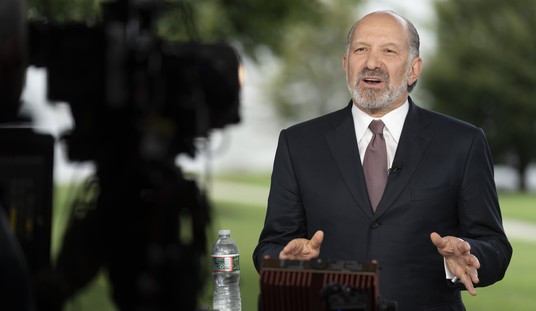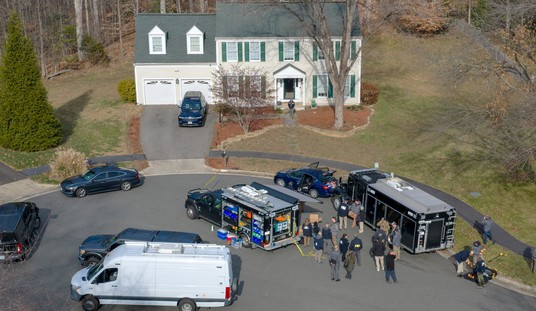What has been the cost of the pandemic? Eventually, it will all be totaled up, placed in nice, neat rows and columns, and historians will be able to tell future generations how much wealth disappeared, how many jobs were lost — dollars, cents, pesos, shekels, yen. Perhaps they will be able to quantify the cost of lost human liberty and personal freedom.
But there’s something that no one will be able to calculate. How can you put a dollar amount on a lost childhood? On millions of lost childhoods?
The years between a child’s sixth and eighteenth birthdays are about how long it takes for a child to become a grown human being. Just 12 years to go from essentially being a toddler to an adult. There’s so much to learn about life, about love, about how the world works and one’s place in it.
Parents, of course, are critical in this process. But they have help from aunts, uncles, grandparents, cousins, and other members of an extended family. The bonds formed with family are stronger than any relationships a child will form except perhaps a spouse, who will be welcomed into most families as a full-fledged member of the family unit.
But the pandemic has short-circuited the process of forming these bonds. Not just with family, but lifelong friendships are also developed in these years. Interacting with others is crucial to developing socialization skills that allows a child to function in the larger world.
This has all been denied them. And this year of being cut off from everything a child needs to develop will cost them.
“The coronavirus pandemic has been hitting adolescents hard,” science journalist Melinda Wenner Moyer noted last week in UnDark. “During the teen years, friendships matter more than almost everything else… But this year, teens have been forced to stay home and avoid real-world interactions with their friends. They have had to spend their days denied of their deepest needs while, in some cases, taking on more responsibilities — yet without many of the emotional supports they had in the past.”
The Wall Street Journal’s Andrea Peterson writes that the pandemic has delivered a series of blows to kids. Many have experienced social isolation during lockdowns, family stress, a breakdown of routine and anxiety about the virus.”
And there’s science to back up those worries.
“Posttraumatic, anxiety, and depression disorders are expected during and aftermath of the pandemic,” cautioned a September 2020 article in the International Journal of Disaster Risk Reduction. “Some groups, like children, have more susceptibility to having long term consequences in mental health.”
“[C]hildren’s depression ratings significantly increased during the lockdown, relative to 18 months beforehand,” found a November 2020 article on the results of lockdowns in the UK in the Archives of Disease in Childhood.
Pediatricians are on the front lines of this childhood mental health crisis.
Deprived of social interaction with classmates, teammates, and friends for a period of time that constitutes a significant percentage of their short lives, kids are falling apart. Too many of them are having suicidal thoughts in a world distorted beyond recognition and acceptability. And there’s no doubt as to the culprit.
“Pandemic life is not conducive to normal developmental events and this is having a significant impact,” comments Mamilda Robinson, a specialty director and clinical instructor of psychiatric mental health at Rutgers School of Nursing.
How did we get this way? Public health authorities decided to model their lockdown policy on China’s response. The result was that Western peoples, used to being free, were urged to give up their freedom for the good of all.
But nobody asked the kids what they thought.
The stunted social development of adolescents could lead to a myriad of problems later in life, including increased hospitalizations for mental health reasons, a drop in the number of marriages leading to a lower birthrate, and even more instances of social isolation. It didn’t have to be that way. We might have targeted the pandemic response to those most likely to get sick — something that was discovered almost immediately after the pandemic began. But this would have necessitated authorities trusting the people to make judgments about the risks of disease versus isolation. And politicians weren’t about to let the biggest crisis in 100 years go to waste.
Six trillion dollars later, we’re still adding up the costs. But for school-age children, there’s no dollar amount that can be used to justify the damage done to them and their families.










Join the conversation as a VIP Member